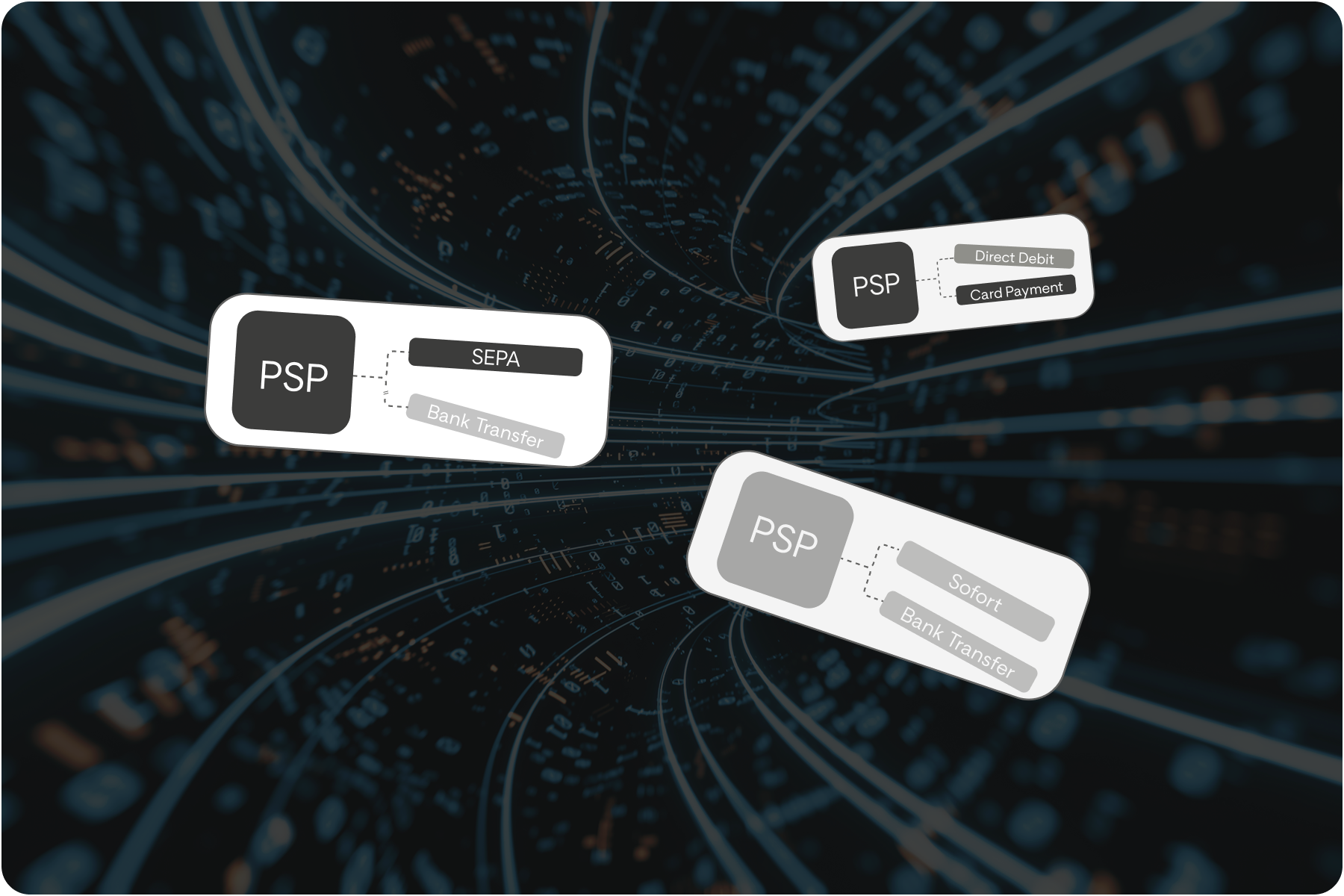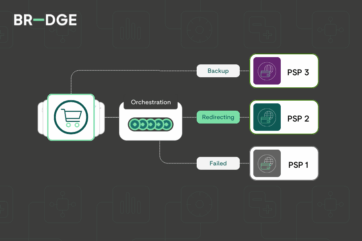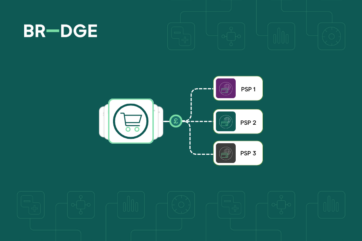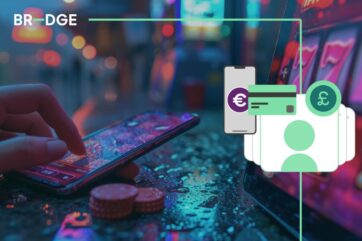
The Rise of Biometrics in Payments for a Contactless Future
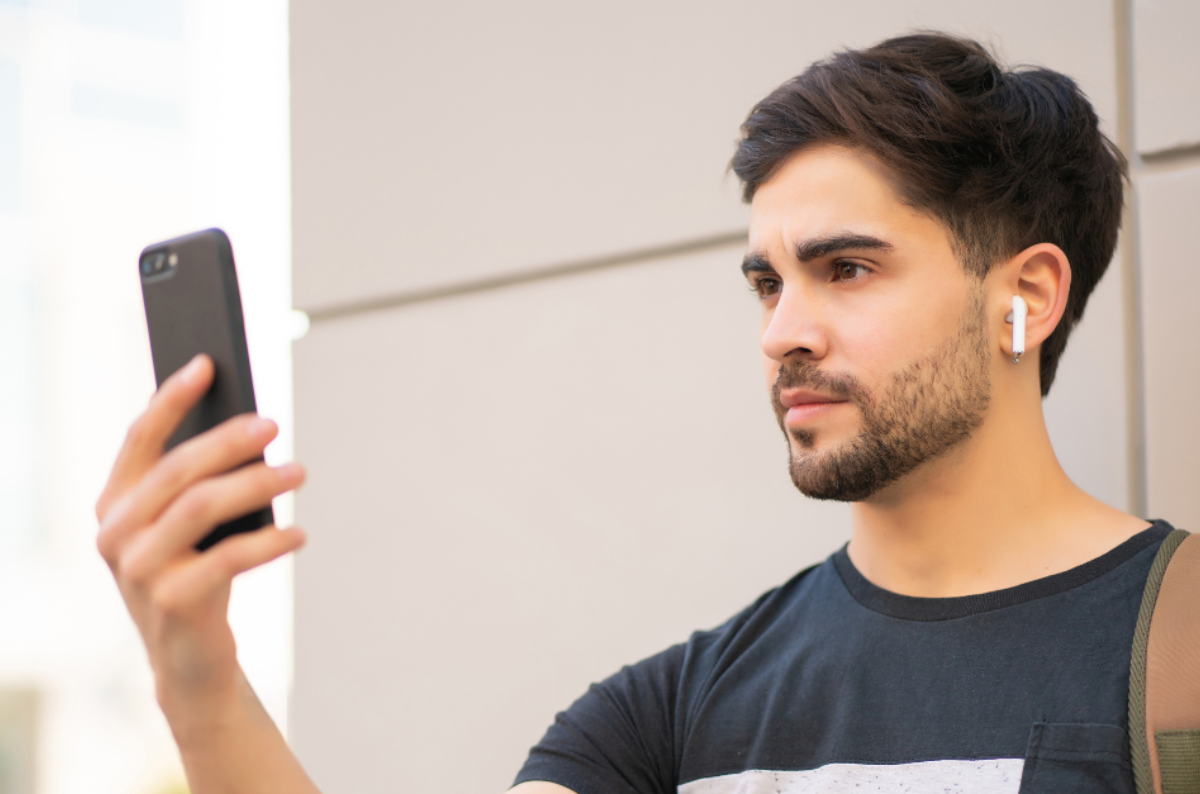
Biometrics in payments have come a long way as consumers increasingly look into quicker and more convenient ways to pay. According to Retail Banking Research, there will be more than 522 billion contactless card transactions worldwide by 2026, growing by an average of 23% per year.
The rising demand has transformed simple transactions into a more customer-focused payment experience. This shift has driven the popularity of alternative payment methods that offer high security and convenience for both merchants and consumers.
The rise of biometric payments
As contactless payments continued to grow in popularity, biometrics technology has emerged as a quick and secure way to verify identity and authorise payments.
The innovation not only provides an extra layer of security but also highlights the importance of both security and convenience in meeting consumer demand. This can be effectively achieved with biometric payments.
A biometric payment is a type of technology used at the checkout that allows consumers to conveniently make and authenticate their digital payments through physical characteristics like fingerprints or facial scans.
Due to the convenient and remote nature of digital transactions, the relationship between the merchant and consumer tends to be more distant compared to a real face-to-face checkout experience. This can create uncertainty around security and trust among shoppers.
According to our survey, more than 1 in 3 consumers highlight security and payment detail encryption as the most important factor when creating the ideal payment method. Biometric payments help to bridge this gap by providing enhanced security and greater reassurance for both merchants and customers.
As we are heading towards a contactless and passwordless future, biometrics technology is playing a vital role in improving payment security but also maintaining a seamless payment experience for your customers. In fact, the number of contactless mobile transactions secured by biometrics is expected to increase by over 520% between 2020 and 2025 (Juniper Research).
This is why it’s crucial for you as a merchant to fully understand the role of biometrics in payments. This technology will continue to impact digital payment security, driving the industry towards a more seamless, secure, and contactless future.
How do biometrics enhance the payment experience?
Biometric payments are all about security and convenience, allowing consumers to complete a transaction in the most efficient and safest way. They reduce and, in many cases, eliminate the need of having to enter any passwords or PINs.
As biometric data is unique and highly accurate, it serves a great purpose in preventing unauthorised access to consumers’ payment details. Unlike card details and other sensitive information, fraudsters are unable to easily steal, guess or trick you into giving up your fingerprints or other physical characteristics, making biometrics one of the most secure forms of payment authentication.
As a merchant, you can utilise payment methods that support biometric authentication to enhance and personalise the payment experience of your customers, while ensuring maximum security.
Biometric payments significantly reduce checkout time and increase customer loyalty, through instant biometric authentication methods such as facial recognition or fingerprint scan. This allows consumers to enjoy a frictionless and convenient payment process, offering them a higher level of trust and confidence. They can complete payments without needing to remember or input PINs or passwords.
On top of that, most payment methods that utilise biometric authentication methods never share the user’s card detail with the merchant, which provides an additional layer of security. According to Visa, two-thirds of people have used biometrics and find them quicker and easier than traditional passwords. Additionally, more than half of credit cardholders say they would switch banks if their current one doesn’t offer biometric authentication options.
On the other hand, it’s worth remembering that no form of authentication is always 100% secure. Although it’s extremely unlikely and impractical for fraudsters to steal your biometrics data, it is technically possible. Also, while you can always change your compromised passwords or replace your banking card, it’s not possible to do the same with biometrics, which remains compromised forever and can even be used to steal your identity.
What types of biometric authentication methods are there?
There are several biometric authentication methods that your customers can use to authorise payments with their physical characteristics. Despite being in various adoption and development stages in different markets and via different devices, all biometrics authentication methods are equally important in improving the efficiency and security of digital payments. The popularity of each biometrics method is primarily influenced by consumer preferences and the devices they use to pay online.
Fingerprint recognition
Fingerprint recognition is by far the oldest and most popular biometrics authentication method around the world. To put it into perspective, 70% of consumers have used fingerprint biometrics according to the IDEMIA survey. The reason behind its popularity is mainly its ease of access, cost-efficiency, speed and accuracy.
Facial recognition
Although facial recognition is widely considered to be convenient, fast and non-intrusive, it is more expensive to develop and utilise. Also, when compared to fingerprint scanning, facial recognition technology can sometimes fail to verify a person’s identity from certain angles or under poor lighting conditions. Even so, more than 7 in 10 consumers around the world prefer facial authentication over conventional passwords when purchasing online (iProov), making it one of the most popular biometrics authentication methods.
Voice recognition
The adoption of voice-based payments has picked up the pace in recent years with the growing usage of smart home devices and the convenience of hands-free payments that they provide. As Straits Research reports, the global voice-based payments market was valued at $5.92 billion in 2021 and is expected to grow at a compound annual growth rate of 10.98%, reaching $13.62 billion by 2030.
Although other biometric methods can enhance the security and efficiency of digital payments, current technology has limitations. This makes these methods less accessible or feasible for broader adoption.
However, with the new developments and advancements in the market, we can expect to see new biometric authentication methods gaining popularity and significantly improving the security and convenience of digital payments in the near future.
In fact, Apple Pay, which uses either facial or fingerprint scans to authenticate payments, has recently become the most used mobile payment method in the UK (Statista)
What are the privacy concerns around biometrics in payments?
Biometrics data is highly sensitive as it’s unique to each person and can’t be changed once compromised as opposed to traditional passwords. This raises some privacy concerns about collecting, storing and sharing biometrics data to ensure no unauthorised access.
That being said, banks and financial institutions continue to work with governments on more regulations and tighter procedures around the use of biometric data in payments. This includes requirements for transparent and informed consent, strong data protection measures, reliable and secure data storage, and regular testing and monitoring of biometric authentication systems. As long as these issues are addressed, only then can biometric payments truly become mainstream.
The adoption of biometric payments continues to grow
The opportunity for mainstream growth is evident. Although biometric technology is not a new concept, biometric payments have started gaining traction in recent years and are expected to play a key role in moving towards a contactless future. Advancements in technology and increased internet penetration have led to over 80% of smartphones having built-in biometrics. According to Cisco Duo's 2022 Trusted Access Report, this growth is significant. By 2025, biometric authentication is predicted to secure over $3 trillion in mobile payments, as projected by Juniper Research.
The adoption rate has further accelerated during COVID-19 and social distancing, as people turned to digital solutions in order to reduce physical contact. According to Visa, over 70% of consumers viewed biometric payment as an easier way to make payments in 2021.
With the wide range of benefits biometric payments offer, it's only a matter of time before they replace traditional security methods like passwords and PINs. Biometric authentication is becoming the preferred choice for its convenience and enhanced security.
According to IDEMIA, 81% of consumers are now willing to use their fingerprint instead of a PIN code. This shift shows that the secure and frictionless checkout experience provided by biometric payments will soon become a standard expectation among buyers.
Biometrics and multi-factor authentication
Despite significantly reducing the risk of fraud, the implementation of multi-factor authentication (MFA) has also added additional friction, impacting the user experience. With traditional MFA methods such as one-time-passwords or text messages, buyers are required to go through multiple steps, often having to leave the checkout page. This process can be time-consuming and frustrating and can lead to customers abandoning their carts.
Biometric payments simplify the multi-factor authentication process. Consumers can authorise payments using their fingerprint, facial scan, or voice recognition. This eliminates the need to leave the checkout page or enter additional passwords, enhancing convenience and streamlining the payment experience. Also, the security of passwordless MFA remains very high, while the checkout process becomes faster and more convenient. A win-win situation.
Passwords are a thing of the past
In order to provide maximum security, traditional forms of digital payment require consumers to input card details, PINs or other sensitive information that has to be stored or remembered by the user. This can be frustrating for someone who frequently shops online using multiple credit cards. According to Iproov data, 32% of consumers abandon online transactions at least once a month because of password frustration alone.
Combined with the fact that 61% of people intentionally reuse the same passwords or PINs for multiple accounts, many consumers are aware of the associated risks. This shows that the majority are ready to prioritise convenience over security. Biometric payments solve this problem and eliminate the need for remembering or entering any sensitive information without having a negative impact on transaction security.
This unique ability is also driving the growth of biometric cards which use fingerprint scanning instead of PINs, with the global biometric payment card market size expected to grow at a staggering CAGR of 62.3% from 2022 to 2030 (Grand View Research). As spoof and liveness detection technology continues to advance, biometric cards and other biometric payment methods will achieve even higher accuracy. This progress will further reduce the risk of unauthorised access and fraud, enhancing overall security in biometric transactions.
Biometric payments enhance Open Banking capabilities
Biometrics have also played a significant role in accelerating the evolution of open banking and its capabilities, by making it easier to verify, identity and authenticate payments. Open banking uses biometrics for quicker, safer and more fluid payments, providing better transparency and convenience for both customers and merchants. According to Iproov data, 70% of consumers use or would like to use face recognition to access mobile banking, citing speed and convenience as the main reasons.
Yet, the utilisation of biometrics in open banking can go far beyond that. As artificial intelligence and machine learning technology evolve, we will move towards an even more frictionless and contactless future, where people are able to securely pay for things without having to interact with any person or device.
Behavioural biometrics are already being developed to increase the accuracy of biometric authentication by verifying a person’s identity based on their patterns of behaviours including body movement. When combined with other biometric factors, this form of authentication will become as accurate as it gets and impossible to forge.
The opportunities for biometric payments and open banking are limitless and they will unquestionably shape the payment industry as the adoption continues to grow.
The future of payments is now
In a highly dynamic and evolving industry like payments, keeping up with the latest trends and innovations is crucial. What’s been considered new and revolutionary a year ago is now being replaced with more advanced solutions.
That being said, biometric payments already have what is needed to drive a wider adoption among consumers, who demand better security and convenience when completing a digital transaction. However, the complexity of integrating biometric payment methods into the existing payment stack can be challenging and slow down the momentum.
Therefore, the ability to innovate your checkout experience and integrate new payment methods at speed is crucial to satisfy your consumers and staying ahead of your competition.
Payment Orchestration paves the way
Payment orchestration can help your business connect with a range of alternative payment methods that support biometric authentication at ease, so you can focus on innovating and improving your payment experience.
With the BR-DGE Payment Orchestration, merchants like you can access a global payment ecosystem of hundreds of connections, from gateways, PSPs, and card schemes to alternative payment methods and other payment tools, including biometric payments. It’s a single API integration, which not only reduces development time and resources needed for new integrations by up to 88%, but it saves costs associated with acquiring new payment methods.
If you are interested in learning more about payment orchestration and how it’s solving the biggest problems in payments, check out our latest blog.
In summary
There is no question that biometrics authentication methods will continue to increase in popularity and revolutionise the security and convenience of digital payments. However, many questions remain unanswered regarding privacy concerns and accessibility which continue to have a great impact on the adoption rate. Still, as Juniper Research data suggests, over 60% of biometrically-verified payments will be made remotely by 2024.
Ultimately, it’s all about providing the best payment experience for your customers, who want their payments to be both secure and convenient.
Therefore, it’s crucial for you as a merchant to stay at the forefront of new innovations and implement them at speed to keep up with the evolving needs of your customers. You can achieve this by implementing alternative payment options that support biometric authentication, and BR-DGE Payment Orchestration makes the process quick and easy.
For more payment trends and developments within the industry, be sure to check out our recent blog Top 8 payments trends in 2023.
Related content

